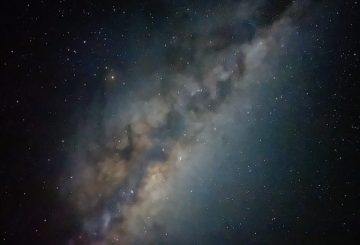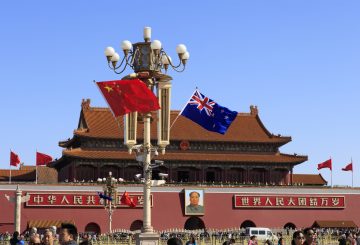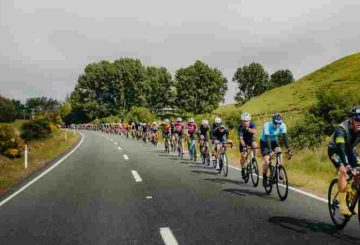经济学家预计,储备银行本周三将再次提高利率。
影响新西兰储备银行[RBNZ]决定的因素包括高通货膨胀、低失业率、工资压力上升和创纪录的高房价。新西兰联储于 10 月开始实施收紧政策。
尽管存在一些不同意见,但大多数经济学家认为,官方现金利率[OCR]将上涨 25 个百分点,达到 0.75%。一些人预计增长率将更高,为 0.50%。
盐基金管理公司的经济学家贝文·格雷厄姆(Bevan Graham)考虑了两种较小或较大的增长方案。
格雷厄姆说:“主要的风险是 Covid 仍然在社区中,存在经济风险和不确定性,这次复苏时间更长,因为奥克兰刚刚摆脱封锁,这说明进展缓慢。”
“但是存在经济风险,从通货膨胀的角度来看,它们已经落后于曲线,增长更高,劳动力市场更紧张,通货膨胀率越高,通货膨胀预期也更高,因此风险在于,如果他们的移动速度不快一点然后达到 2% 或他们认为的任何地方中立是不够的。”
格雷厄姆预计,到 2022 年上半年,正常的利率模式将增加,OCR 将至少达到 2%。
ASB 高级经济学家迈克·琼斯预计,一份声明和经济预测将保持对金融市场的压力。由于预计 OCR 会增加,市场一直在提高企业和消费者的利率。
“最明显的是,市场已经在为新西兰联储做紧缩工作。自 10 月份会议以来,批发利率又飙升了 50-100 个基点。反过来,抵押贷款利率也飙升,” 他说。
“历史上抵押贷款利率仍处于低水平。但是,这种变化速度如果持续下去,将对明年的房地产市场和零售支出产生强大的放缓效应。[Reserve][work]琼斯说,世界银行希望利率市场继续为此做最大努力。”
琼斯认为,储备银行对未来利率的预测可能会使 OCR 超过以前的水平。他建议比 2024 年 8 月早 2.5%。





























































